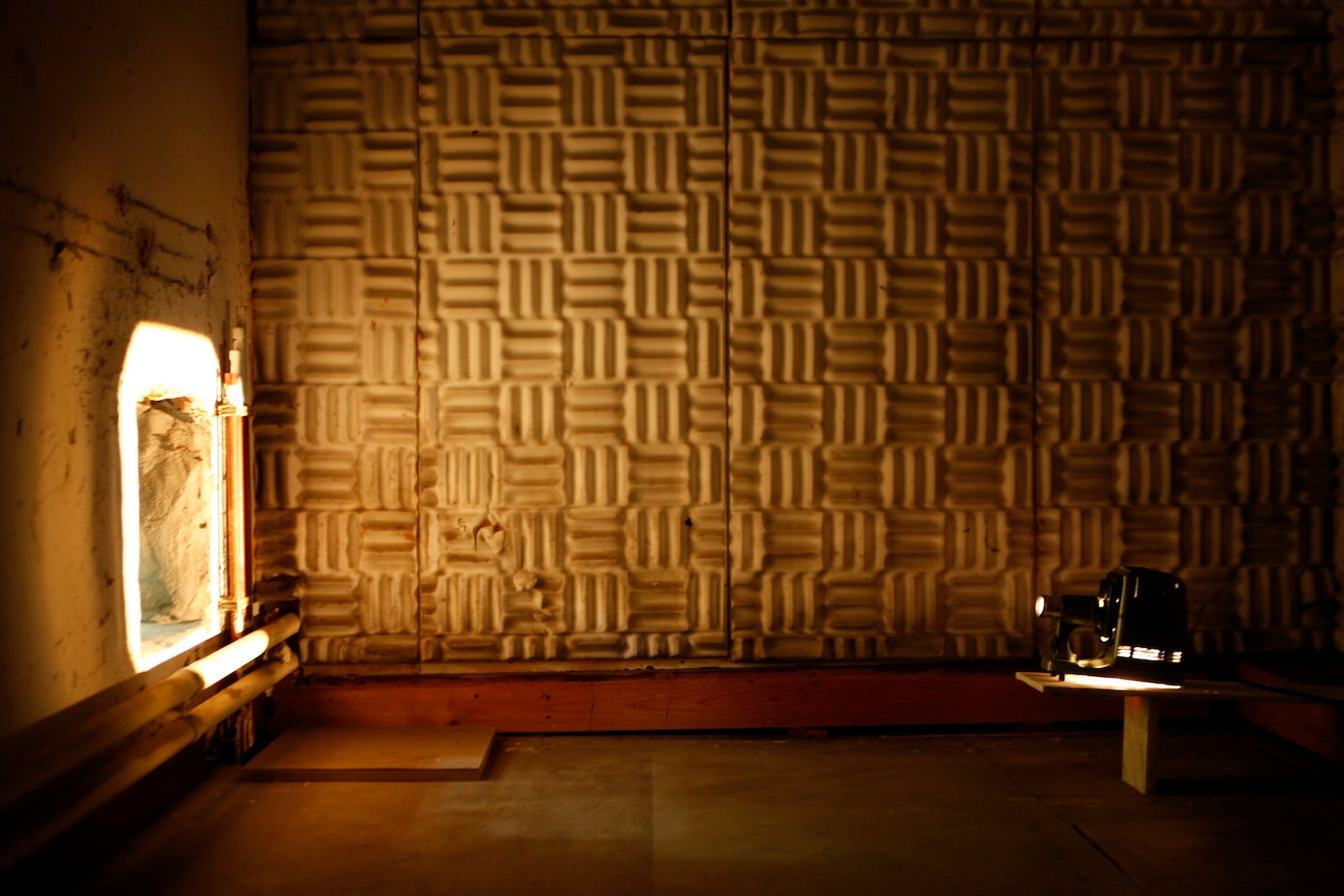
WHAT IS
THE EXCLUDED BODY OF RESEARCH?

You are welcome to click on the menu bar and on the links in the following text to explore how my intentions, thoughts and reflections follow through the different parts of the site. There is a hidden part of my artistic research and the idea is that you can access my Archive which has sub-sections categorised by each academic year B1, B2 etc. & thus the total universe of my artistic practice that I have collected from five years of study at La Cambre art school.
The excluded refers to the included - the “excluded” is the research that I never had the chance to show to a jury or talk about in my work.The “included” body of research you can also find in the menu bar and see for yourself how that research has always been exhibited, published on the internet or presented to a jury.
The reasons why I have chosen to look at my work retrospectively and other issues are presented in text form in the Memoir. The idea is to recreate an artistic process using this archive and give access to others to see how and where inspiration came from. Analysis and “Insights” can be found in the “Summary” section.
THE EXCLUDED BODY RESEARCH
-ARCHIVE-
Many artists have used archives in their work, so it was important to bring a specific angle to it. I used it to examine how my creativity works and has developed during my 5 years of studies & to look for how inspiration is driven. “Undigitizable”, is how my hands think and make decisions themselves by touching things. The physical contact is important. What this research and memory work centres on is how to display and work with a large number of photos & references and archive the different questions I asked myself during my studies. A body of material showing an eclectic range of sources and media.
I had to ask myself why I had saved the images all these years. I started to see unexpected connections over time, sometimes with years in between & I realised that much of my documentation had never been shown to anyone other than my professors. Most of my photos were of everything but the final presentation.

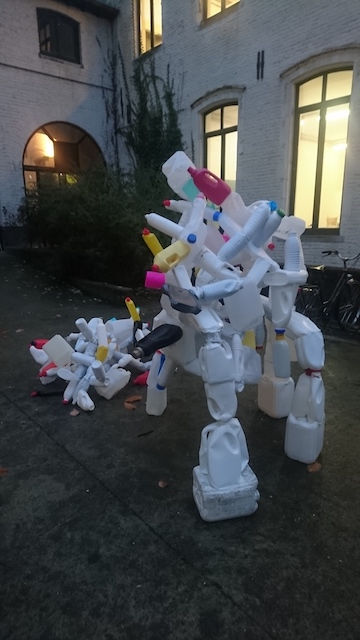
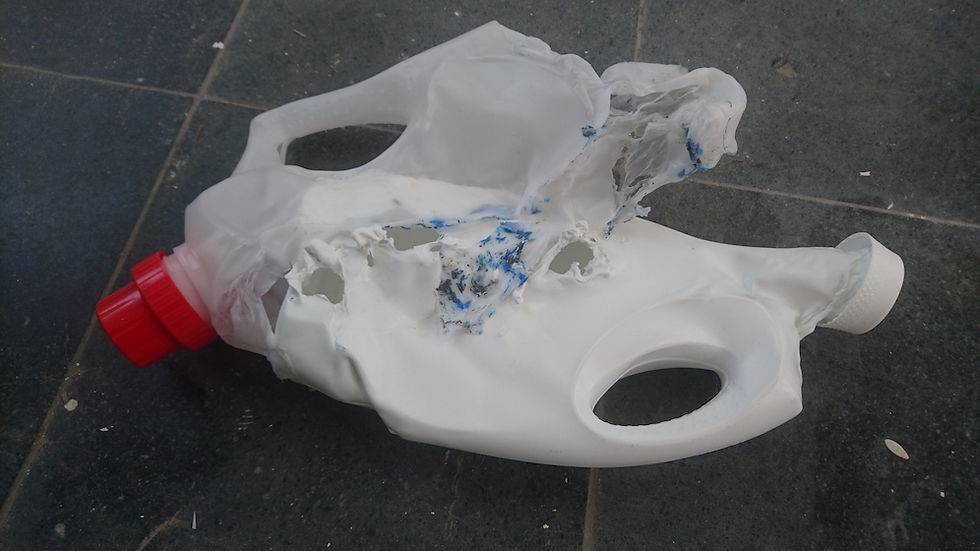

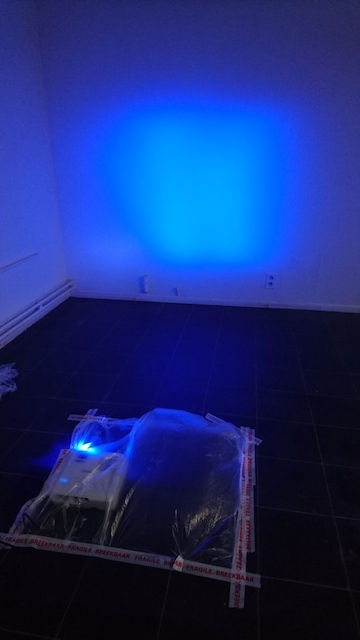
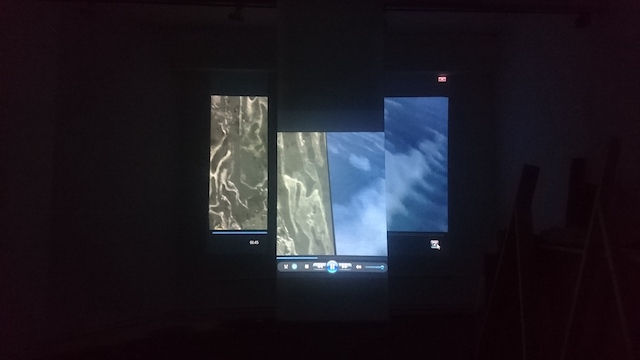
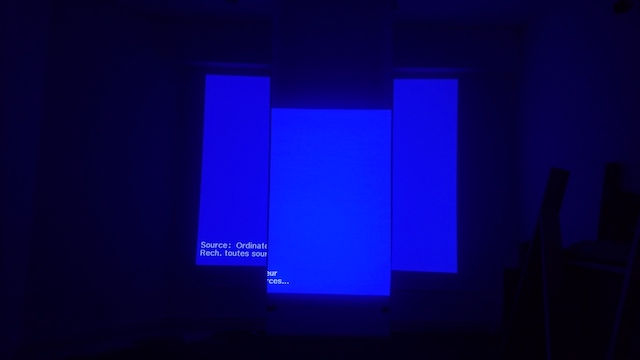

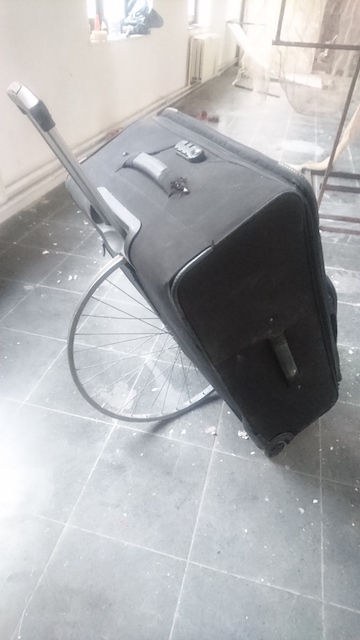
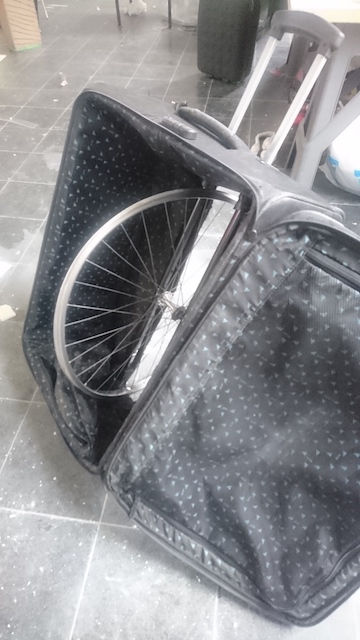


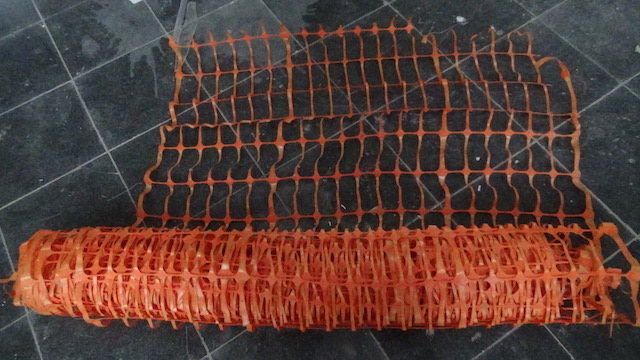

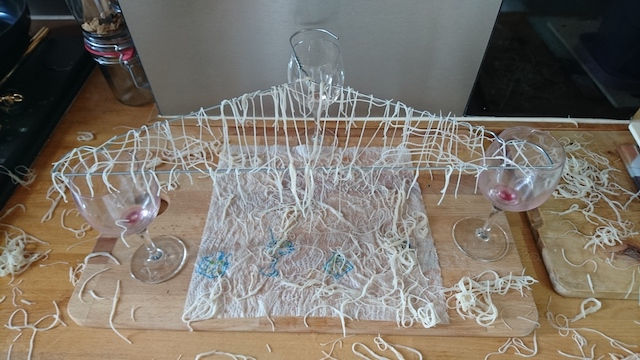


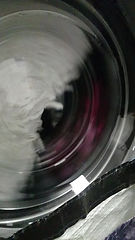
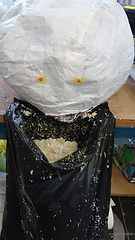
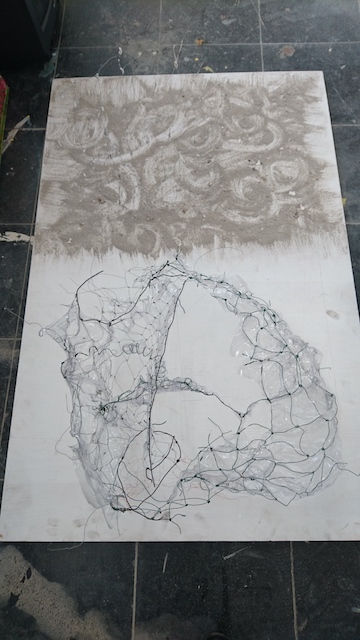
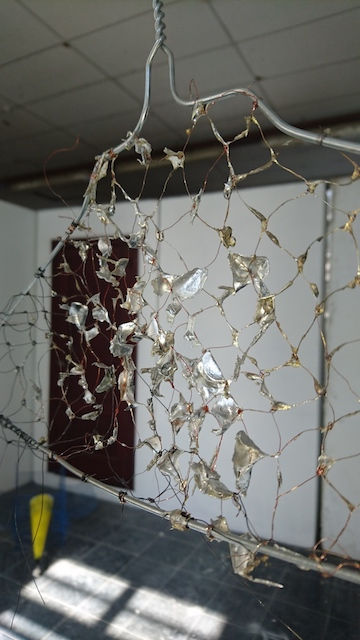
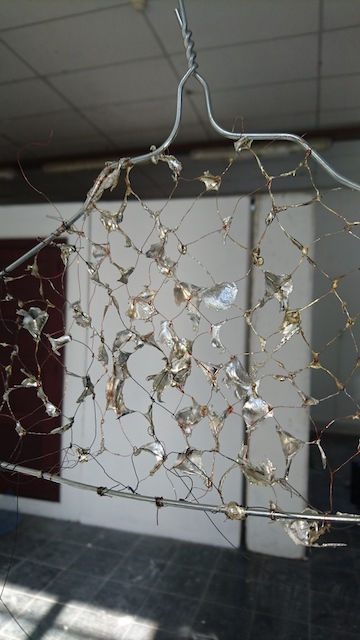

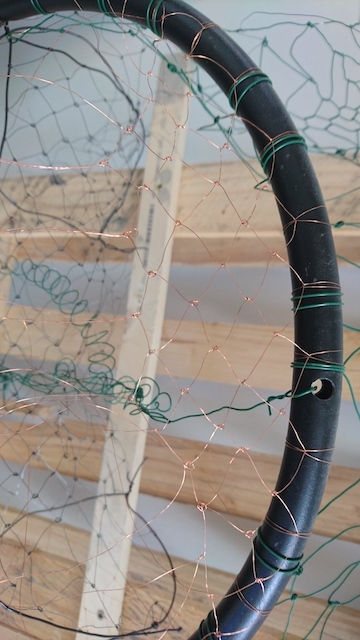
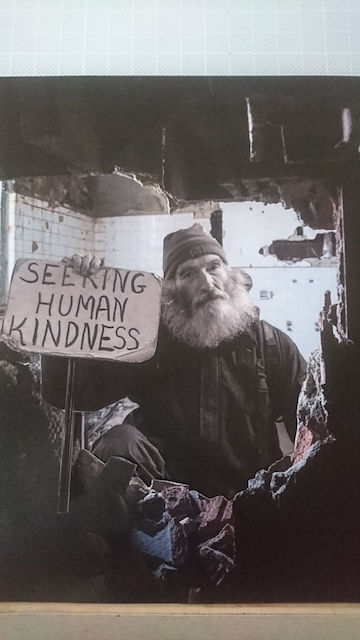
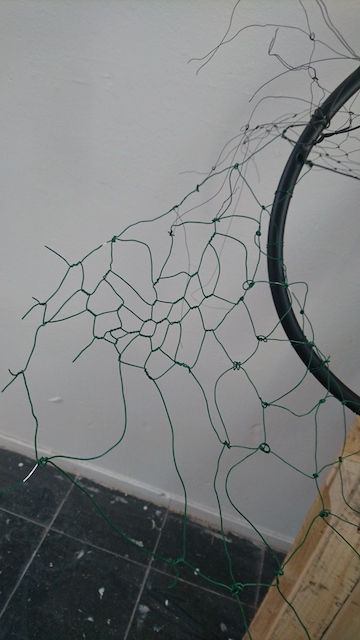


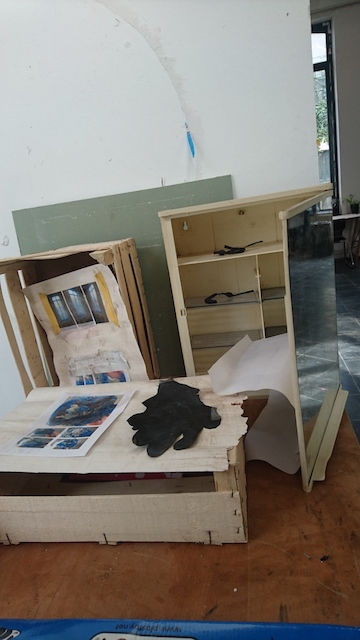
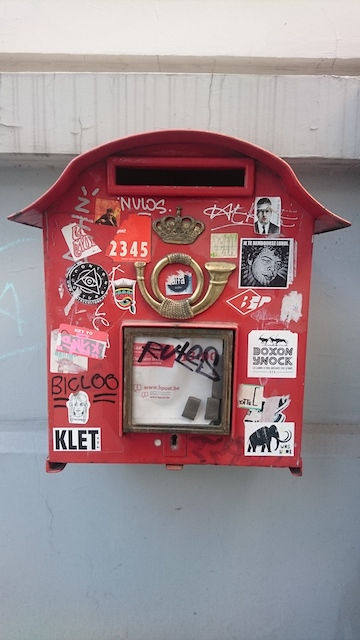
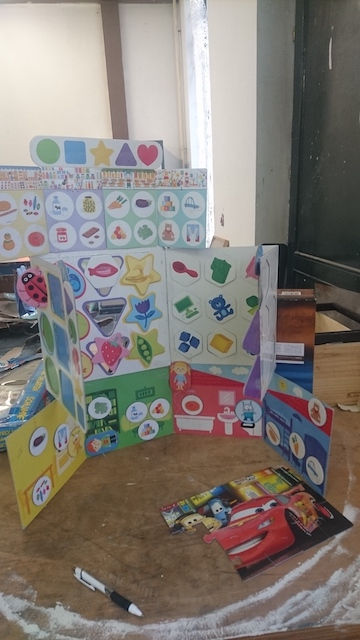
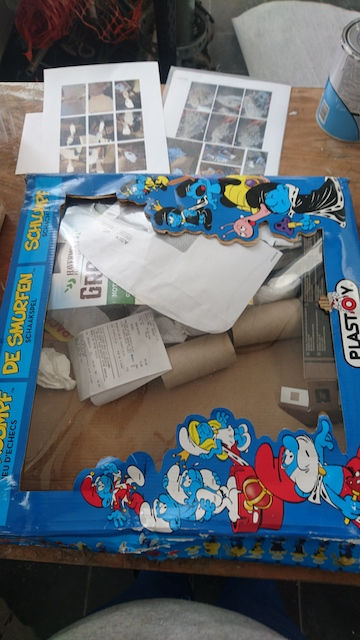

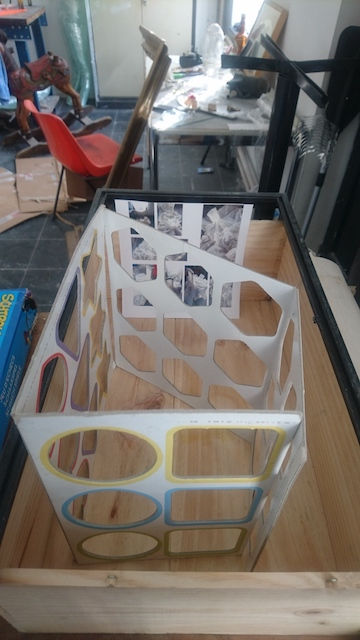
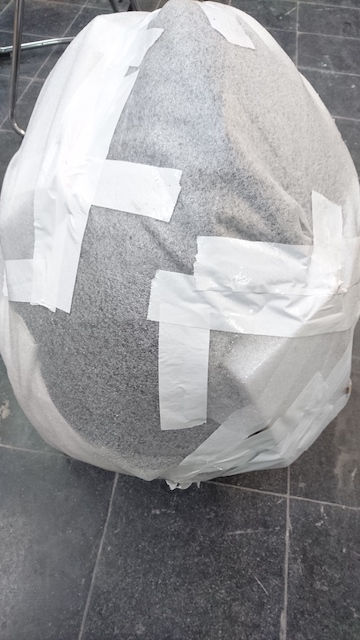
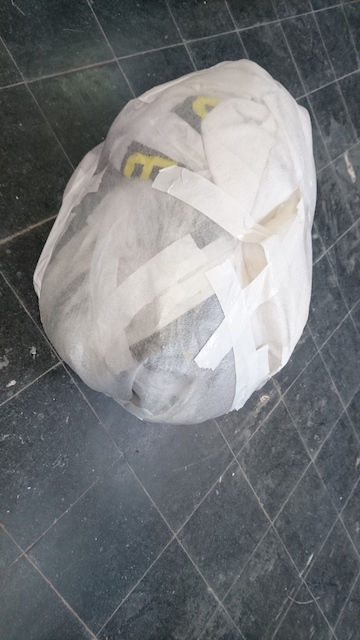

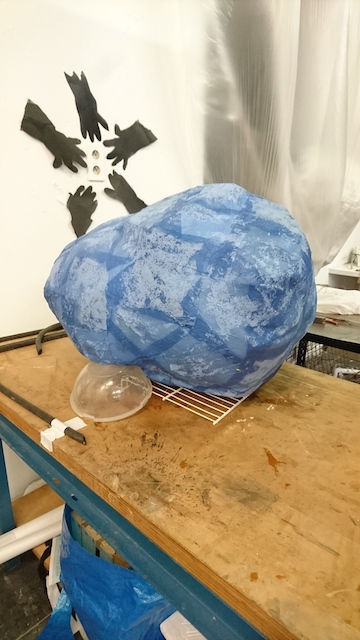


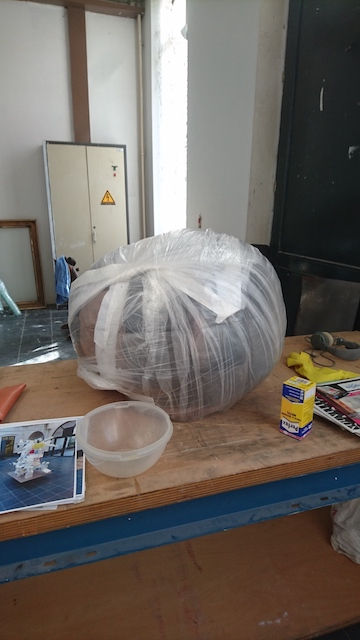
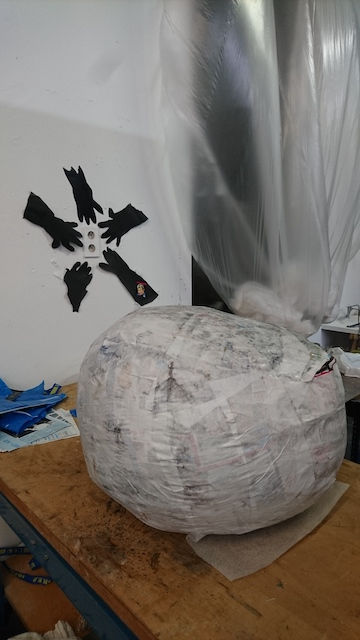



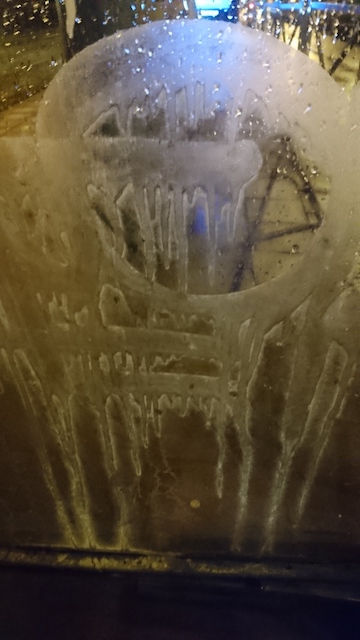
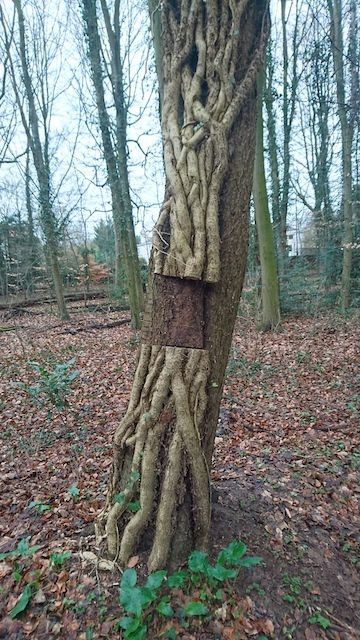
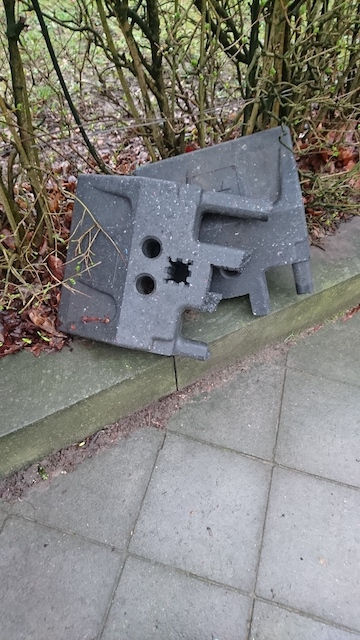
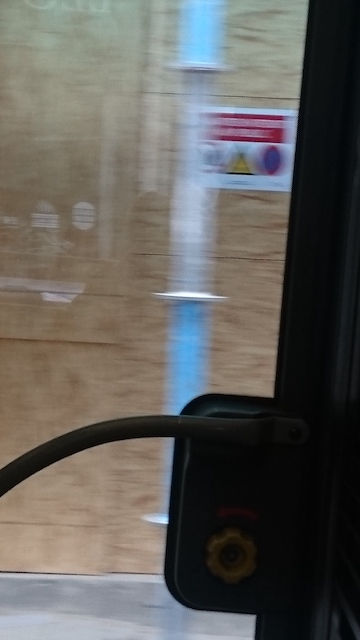
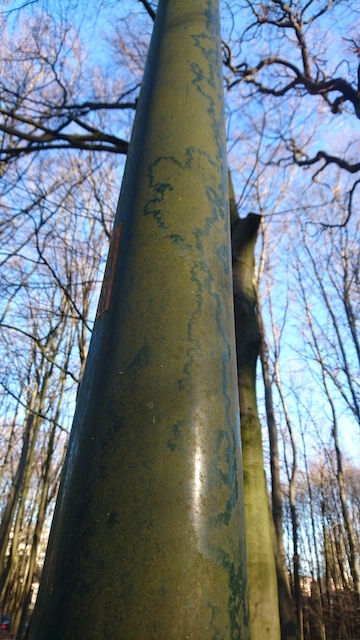

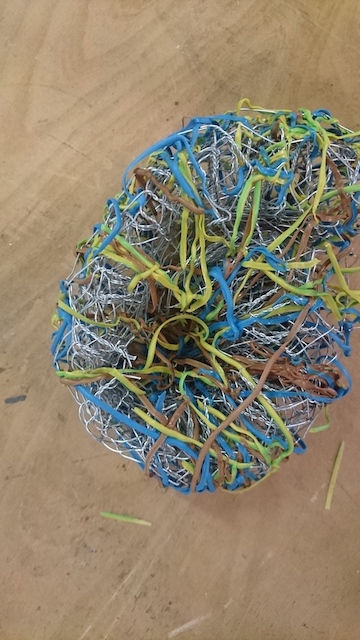

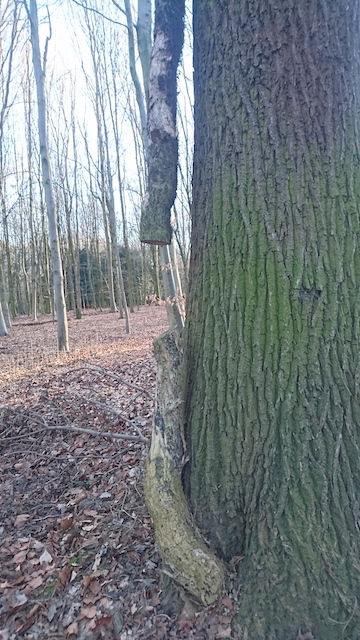
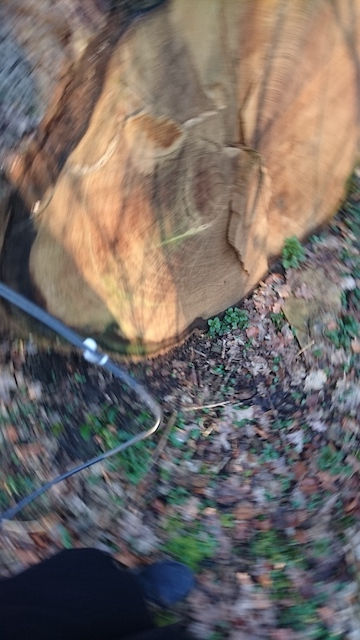
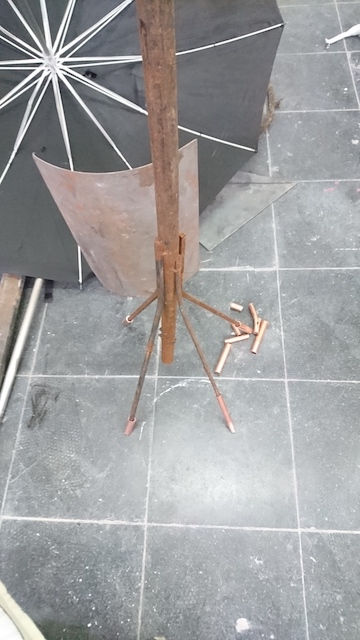

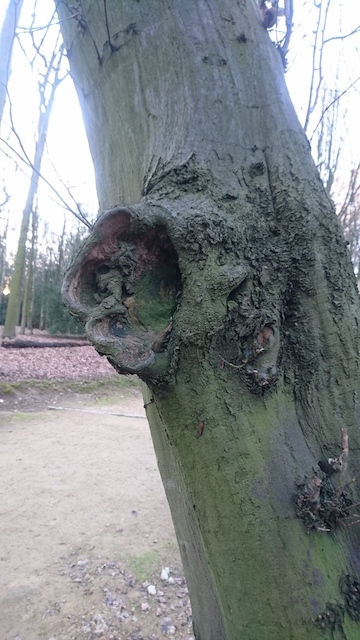

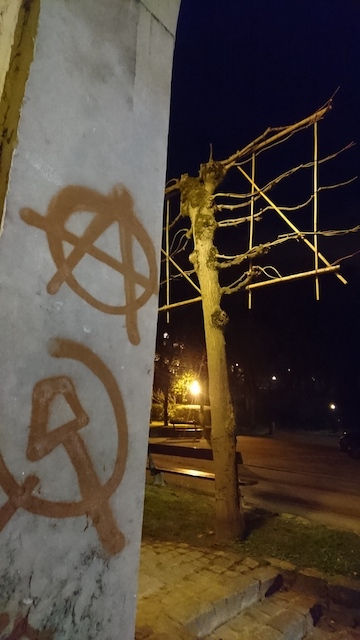
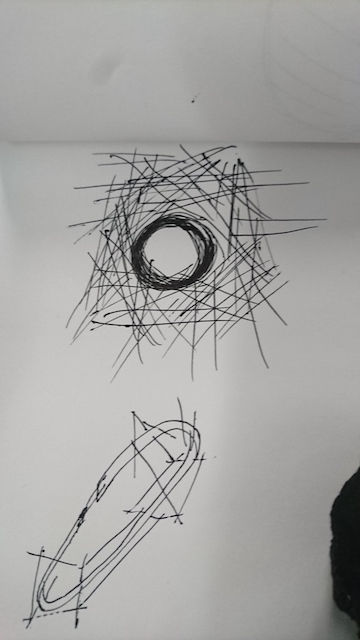
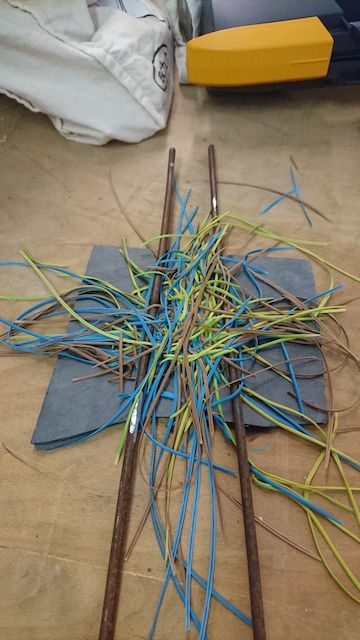
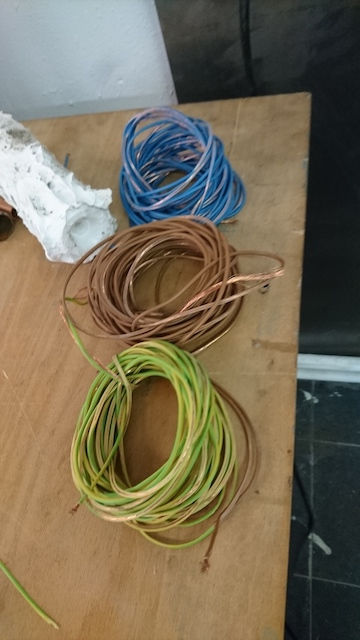


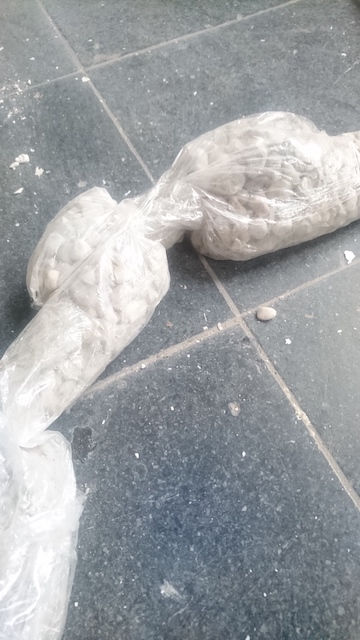
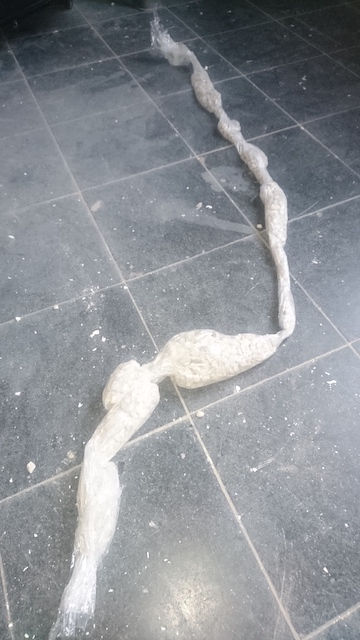
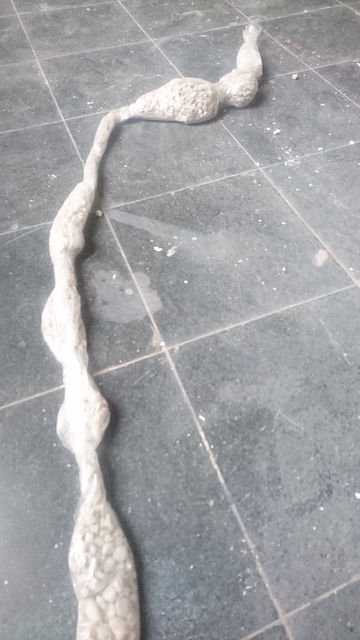
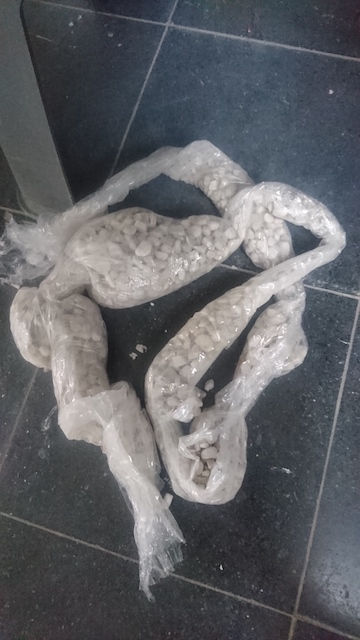

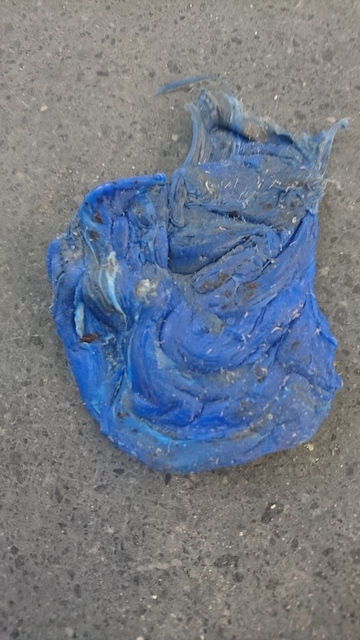
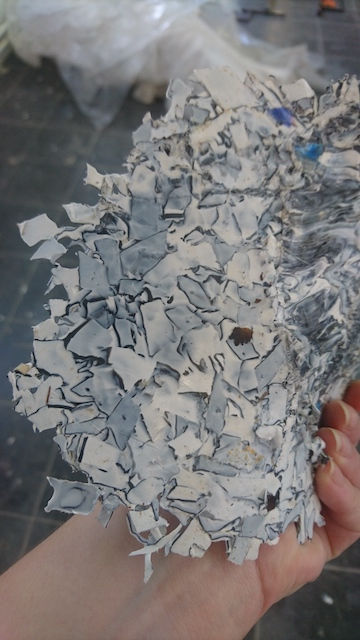

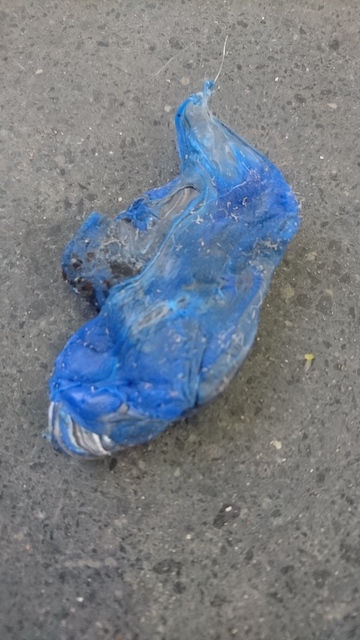
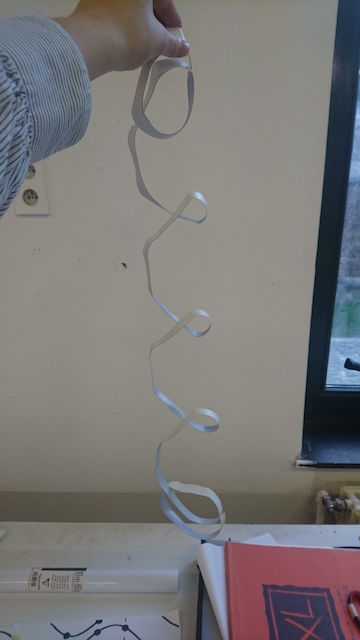
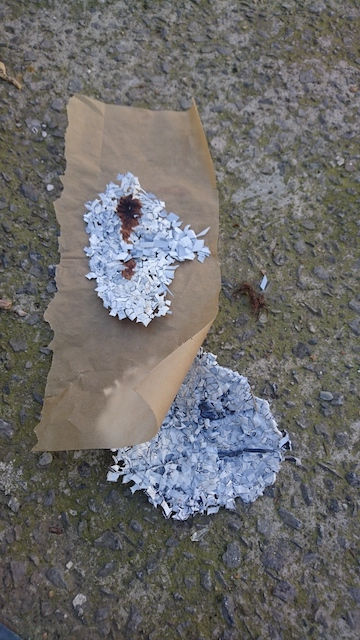
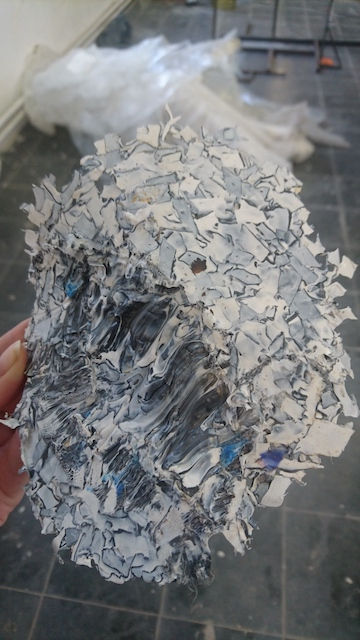
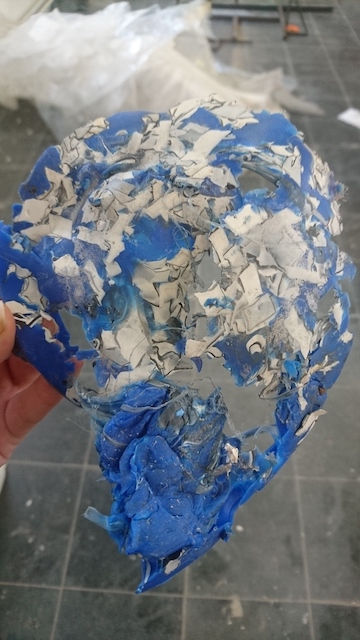

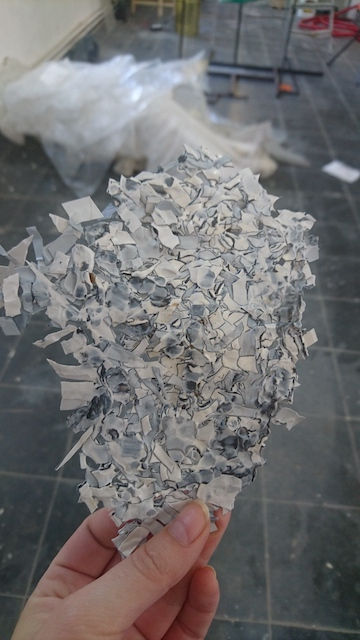

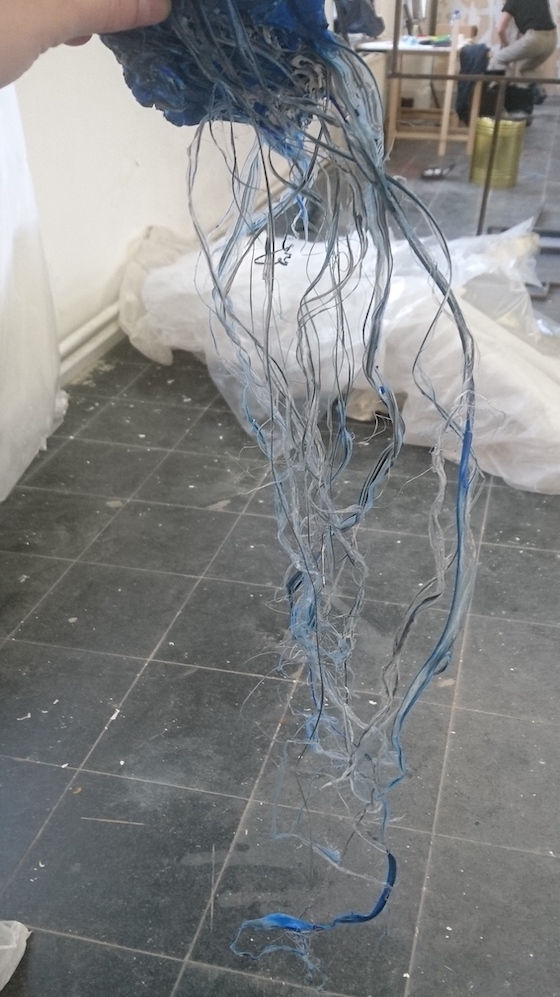
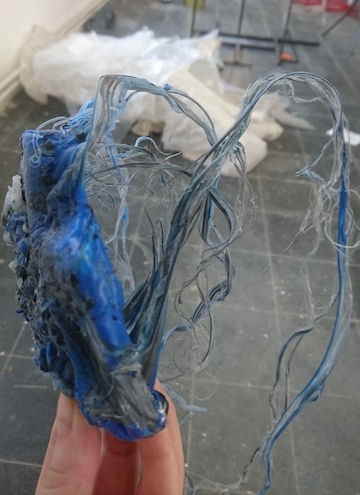
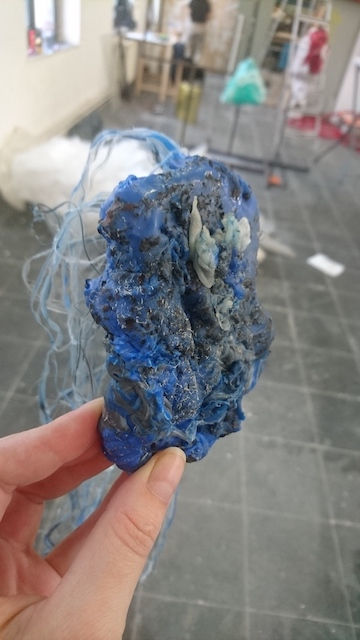

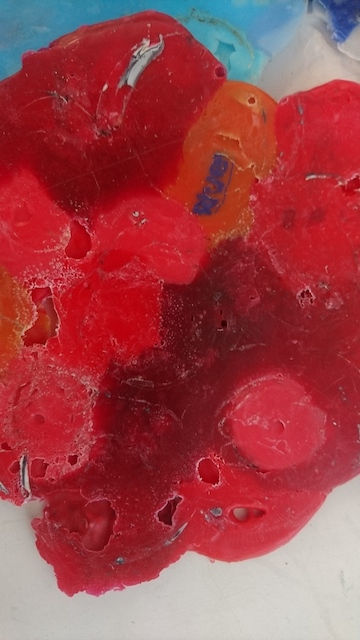
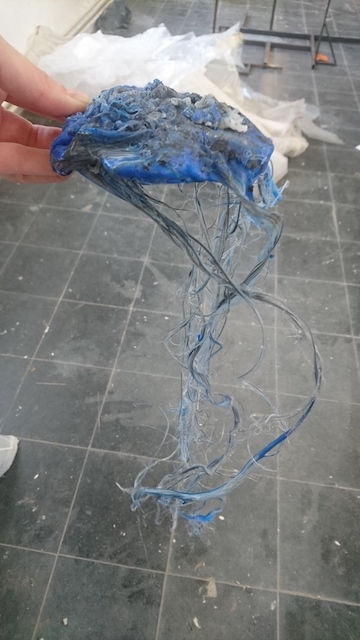
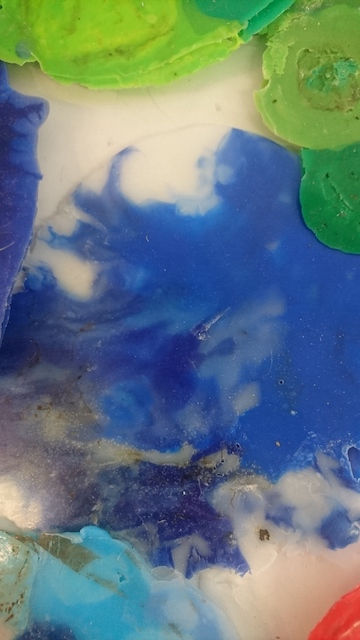
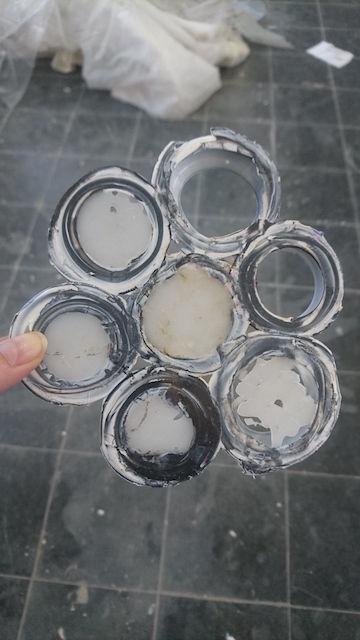
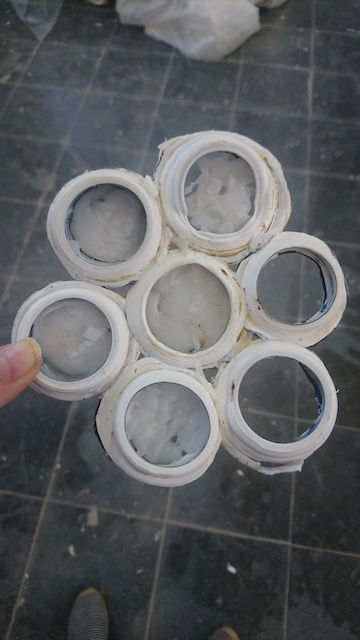
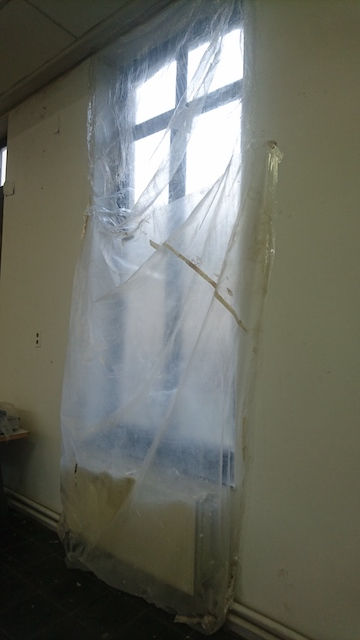

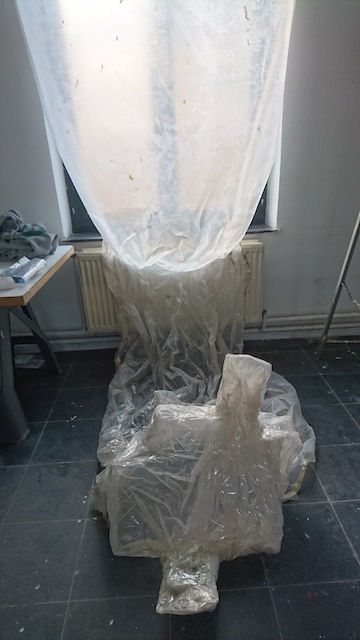
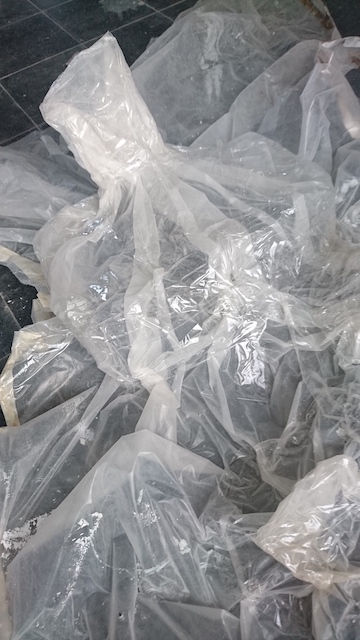


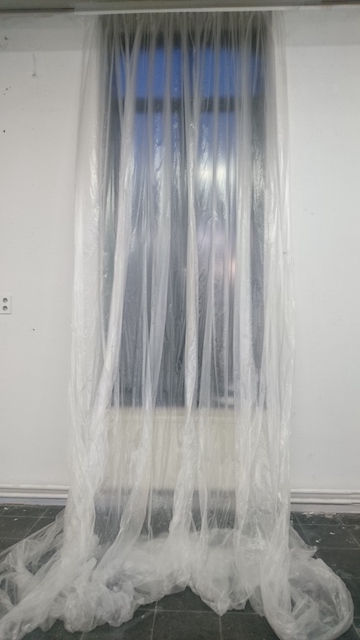
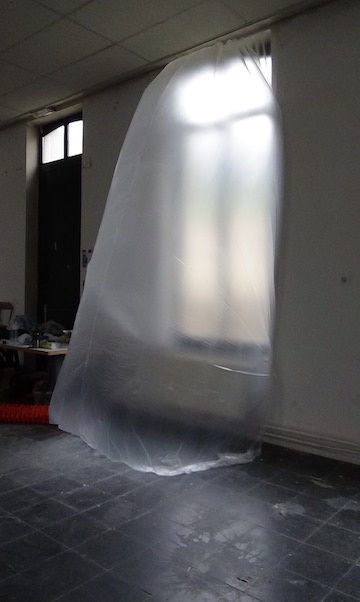
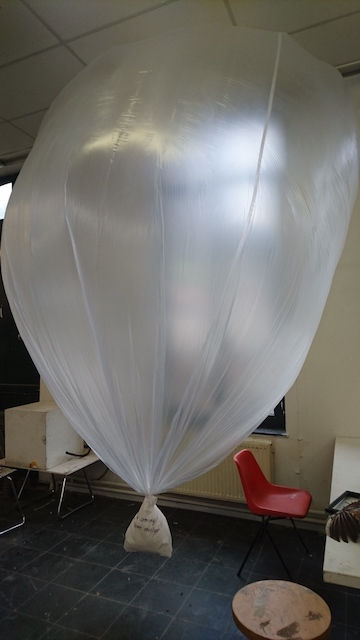
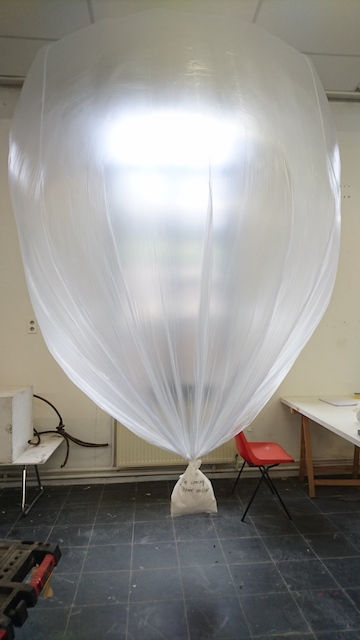

















































































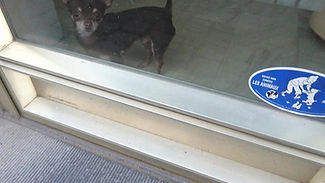
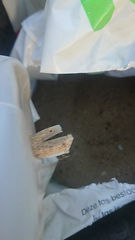

THE EXCLUDED BODY RESEARCH
-MEMOIR-
Sometimes you need to know more about something ,
to ask the most interesting questions.
Memoir By Pernilla Roos
Bruxelles, June 2023
In this Memoir work I have looked at and researched how artists have worked with archives and historical atlases and artistic atlas. I mainly focus on two atlas works which are Aby Warburg - Mnemosyne Atlas from 1929 and Gerhard Richter - Atlas from 1960. I have also been looking at the contemporary artist Batia Suter's way of working with images, and immersive atlas and Patrick van Caeckenbergs, search for a more singular sculptural presentation of artistic research by. Paul Otlet bilbiographical systematisation of archives are looked at. I have looked at artist, Trevor Paglen - UNDERSEA CABLES 2015-16, and Evan Roth - SINCE YOU WERE BORN 2016-2020.
This Memoir contains both a published website www.pervisual.art ,where you can navigate by clicking on the menu bar and see for yourself my personal webpage. Here you can access to my digital archive of artistic research. It is a link system to different categorizations but extended from there is a tab
“My artistic universe” which this Memoire text is part of. There you can also download and print this text straight from the website. This text is additional to the rest of the artistic work I have produced since 2019.
The concept of my memoir is to revisit my collection of images and references from five years of building an archive. My research is now about looking at it as an archive and dealing with it from different perspectives. and instead made an analog presentation in the form of a map. The map depicted a self-portrait of my dead body. The method was autopsy I looked at the whole body, used it as a medium in a searched around a diagnosis to discover links between the disease and our culture.
I am looking at how I have used my art studies (scheduled hours) and the demand to do artistic - or personal - research in the sculpture study program at La Cambre. During these hours we have been encouraged to reach deeper, deeper to what? The purpose has rarely had a direction, and in the teaching situation one could talk about the a students good or bad direction. In fact direction is offten completely undefined and exists based on temporal values. You are working in the “blind spot” (point aveugle) of your understanding and vision. There is not a single one goal or purpose to the research, rather an accumulation of individual goals, which can be both superficial and ephemeral. I have in this memoir started to look at my documentation and reference collection, using it to give context to my subjective experiences and artistic choices that eventually resulted in sculptures exhibited or trashed. The research that has been done between 2019 – 2022, I call “The Included Body of Research” in contrast to “The Excluded Body of Research ” which is uniquely also presented. “The Excluded Body of Research” is a collection of images I discarded or edited out.
At La Cambre we had a course in digital art where I learned the basics of HTML coding. I found it fun to create code, also personal and imaginative. The same year 2020, Covid-19 came and our jury, became digital. Since the situation was quite unique, I took the opportunity to make a presentation that was logical for the jury to interact with digitally. I gathered and digitised all my personal research photos, drawings, texts, books, links, Youtube clips and video. All this would become my "power point" and I presented it all in the form of a web page https://reverent-lalande-df5fb5.netlify.app/. Funnily enough, the year before 2019, I objected to the education's requirement for a digital power point presentation to the jury and instead made an analog presentation in the form of a map. The map depicted a self-portrait of my dead body. The method was autopsy I looked at the whole body, used it as a medium in a searched around a diagnosis to discover links between the disease and our culture.
– “No man ever steps in the rivers twice, for it's not the same river and he is not the same man.” Heraclitus
The website concept was reused the following year (2021). One of the jury members then a actually saw in real life, asked if my web presentation was also to be considered a work in itself. I did not think so, but understood what she meant because I had thought of the idea myself. Since everything was done more for fun than seriously, as a test or a desire to innovate myself, I thought there was something else needed to call it a work of art.
The purpose of the website was to present my sculptures and other things that could be worth communicating to interested visitors. In addition to all the usual information, I wanted to have a tab in the menu where visitors can enter my universe or world of thought - a separate intimate "room"; a completely different place "behind the scenes"
from the official site. This was the archive that has never been shown or made public to anyone, but is waiting behind the scenes to come out on stage.
“My artistic universe”. The plan was to crystallise a vision or method, which in this case meant to create content, to discover the inner connection between how I collect and curate knowledge. Sometimes you need to know more about something to ask the most interesting questions. The result of this is characterised by an eclectic selection of sources and media that also represent an excluded body of research. This hidden part of the iceberg, which obviously defines what is presented to the world, but also maybe reveals the crystallization patterns.
The intention of this work is to see if I had an overarching vision while working in the “blind spot”. Perhaps this archive can be a helpful diagnostic tool.
Mnemosyne Atlas - Aby Warburg
”Warburg hoped that the Mnemosyne Atlas would allow its spectators to experience for themselves the “polarities” that riddle culture and thought. Warburg’s combinatory experiments in the Atlas follow his own metonymic, intuitive logic, even as it is propelled by decades of rigorous scholarship. Warburg believed that these symbolic images, when juxtaposed and then placed in sequence, could foster immediate, synoptic insights into the afterlife of pathos-charged images depicting what he dubbed “bewegtes Leben” (life in motion or animated life).”
– text written by Christopher D. Johnson
I have the same hope that my own intuitive logic can guide me in this process and provide a synoptic insight. By studying Aby Warburg atlas work, I realised that how you arrange the picturese, is a method to create content. So, with help from my following examples I realised there is much more to be said about: what FORM you give the content: FORM and CONTENT co-work and make readable relations to the Atlas work. To arrive at this, I had to look at how to handle a large amount of data. Which is the subject of the atlas concept and some artists that work with mapping a new narration out of the images. The most enlightening exempele to look at in the historical conon of modern art is Aby Warburg - Mnemosyne Atlas from 1929.
The Atlas: “ atlases is as a collection of maps which are collected in one volume. ”
In my "included" archive, I re-include the excluded archive. It is more about mapping the entire self-reflective and creative process. To really try to understand how I eventually materialize it in the sculptures.
Mnemosyne Atlas image 1 Aby Warburg the Mnemosyne Atlas consisted of sixty-three panels (Tafeln) Using wooden boards, measuring approximately 150 x 200 cm and covered with black cloth.
In Greek mythology and ancient Greek religion, Mnemosyne (/nɪˈmɒzɪniː, nɪˈmɒsɪniː/; Ancient Greek: Μνημοσύνη, pronounced [mnɛːmosýːnɛː]) is the goddess of memory and the mother of the nine Muses by her nephew Zeus. In the Greek tradition, Mnemosyne is one of the Titans, the twelve divine children of the earth-goddess Gaia and the sky-god Uranus. The term Mnemosyne is derived from the same source as the word mnemonic, that being the Greek word mnēmē, which means "remembrance, memory".
“Mnemosyne is a figurative atlas (Bilder-atlas) consisting of a series of plates made up of montages of photographs that bring together various works of art: vestiges mainly of the Renaissance (works of art, pages of manuscripts, playing cards, etc.), but also archaeological finds from the ancient east, Greece and Rome [...] which contains about one thousand photographs assembled and arranged in a scholarly fashion, the images are the subject of privileged study because they provide an immediate way of “speaking the world”. studi classicA-Iuav / webmaster_elisa bastianello / webgraphics_daniele savasta / english version_elizabeth thomson
atlas plates ©Warburg Institute Archive.
I have searched for a true inner world. I realized it was necessary to include the excluded body of research, to be able to understand a other version of me.The key to finding correspondence and a truth inner world, is to be personal. No self reduction, rather claiming the subjective position as the ultimate position to questioning the world from.
The (Tafeln) was A.Warburg's work set up to realise his visions, 63 (Tafeln), the size 150x200 cm is the physical reach of a man. 63 Panels covered by black fabric, all looking the same to see the photos better, without distracting the eye. A neutral standard background one for all the unique images. Close to a presentation scenographies, and the panels defined the content. I imagine the panels were Warburg's invention to help him start seeing and thinking. He is at great pains to present the content objectively. The analogue of my website is A. Warburg's idea with panels.
In HTML coding, the Warburg panels correspond to the basic HTML code <body> </body> . Between these two indexes all the content and code of the website is written. After Body there is only <footer> and before <body> there is <head>. The black velvet of the panel can be likened to the choice of the background colour <bg>background <div class="p-3 mb-2 bg-dark text-white">. The wraparound indication is <html>beginningm, </html>end of the story.
Me working with the idea of the bodies have been one of my main subjects during my art studies. but have there been other ideas? The languish for my Atlas is the very logical, and sign based HTML coding so when searching for a definition of my archive and documentation, thinking of it in terms of Bodies made sense.“The IN- or EXcluded body of research” roots simple from a layered insight of what I been occupied with in my artistic investigations and knowing the logical coding languish, in comparison and analysis of the analog Atlases examples.
